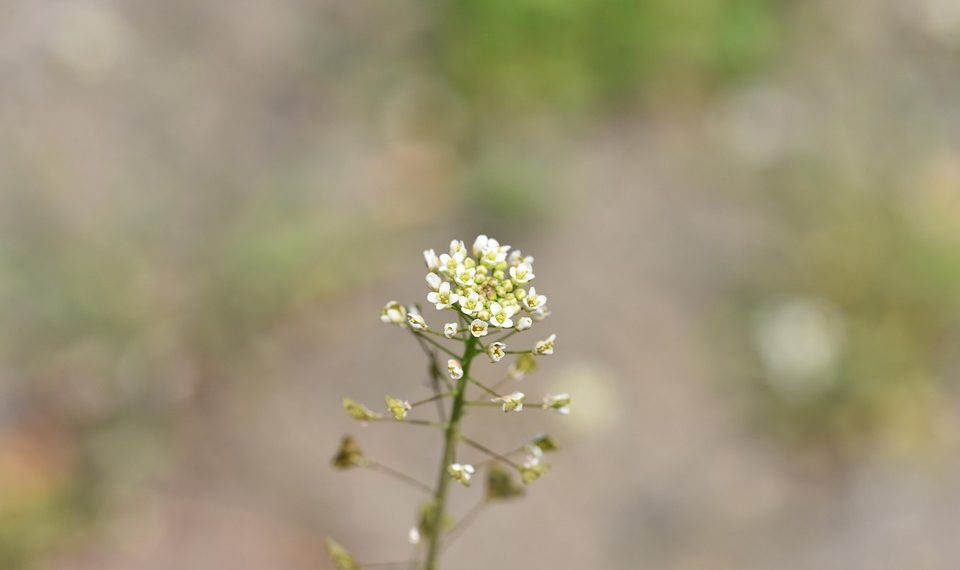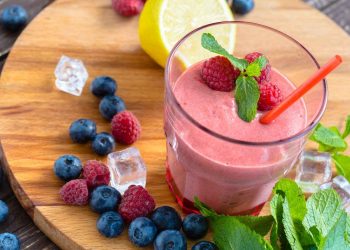Did you know that poor blood circulation can lead to various health issues, from fatigue to more serious conditions like peripheral artery disease? It’s a common problem that often goes unnoticed until it starts affecting our daily lives. But here’s the good news: there are natural remedies that can help boost circulation quickly and effectively. Let’s dive into five of these remedies, exploring how they work and what you can expect.
Contents
1. Ginger: The Spicy Circulation Booster
How It Works
Ginger is more than just a flavorful addition to your meals; it’s a powerhouse when it comes to improving blood circulation. This root has been used for centuries in traditional medicine, and recent studies support its efficacy. Ginger contains compounds like gingerol that can help relax blood vessels, improving blood flow.
Pros and Cons
Pros:
- Natural anti-inflammatory properties
- Can be easily added to drinks or meals
- May help with nausea and digestion
Cons:
- Excessive consumption can lead to digestive upset
- Not suitable for everyone; consult your doctor if you’re on blood thinners
How to Use It
You can enjoy ginger in various forms: fresh, powdered, or as tea. A simple ginger tea recipe involves boiling a few slices of fresh ginger in water for about 10 minutes. Add honey or lemon for a tasty twist!
Personal Insight
I’ve noticed that when I incorporate ginger into my diet regularly, I feel more energetic and less sluggish. It’s like giving my circulatory system a little pep talk!
2. Cayenne Pepper: The Fiery Enhancer
How It Works
Cayenne pepper contains capsaicin, a compound that can stimulate blood flow. It works by dilating blood vessels, which can help lower blood pressure and improve circulation.
Pros and Cons
Pros:
- Can be used in various dishes
- Known to alleviate pain and boost metabolism
Cons:
- Can be too spicy for some people
- May cause irritation for those with sensitive stomachs
How to Use It
Sprinkle cayenne pepper into soups, stir-fries, or even smoothies. Just a pinch can make a significant difference! You can also find cayenne supplements if you prefer a more concentrated form.
Personal Insight
I like to add cayenne to my morning smoothie. It gives me a nice kick and seems to wake up my system!
3. Turmeric: The Golden Spice
How It Works
Turmeric is famous for its anti-inflammatory properties, primarily due to its active ingredient, curcumin. This spice can help improve circulation by reducing inflammation in the blood vessels and promoting better blood flow.
Pros and Cons
Pros:
- Rich in antioxidants
- May improve joint health and reduce pain
Cons:
- Absorption can be an issue; pairing it with black pepper can enhance its effectiveness
- High doses may cause digestive issues
How to Use It
Try adding turmeric to your cooking or making a golden milk latte. Mix turmeric powder with milk (dairy or plant-based) and a dash of black pepper for a delicious drink.
Personal Insight
I’ve found that drinking golden milk in the evening not only helps with circulation but also promotes relaxation. It’s become a comforting nightly ritual for me.
4. Horseradish: The Unexpected Hero
How It Works
Horseradish is often overlooked, but it’s a fantastic natural remedy for boosting circulation. This root contains compounds that can help dilate blood vessels, enhancing blood flow.
Pros and Cons
Pros:
- Adds a zesty kick to dishes
- May help with respiratory issues due to its decongestant properties
Cons:
- The strong flavor may not be appealing to everyone
- Overconsumption can lead to digestive discomfort
How to Use It
You can use horseradish in sauces, salads, or as a condiment. A simple way to enjoy it is to mix prepared horseradish with Greek yogurt for a creamy dip.
Personal Insight
I never used to be a fan of horseradish, but once I started incorporating it into my meals, I realized how much it can elevate a dish while also benefiting my circulation!
5. Regular Exercise: The Best Remedy
How It Works
While this isn’t a “natural” remedy in the same sense as spices and herbs, regular physical activity is one of the most effective ways to boost circulation. Exercise increases heart rate, which improves blood flow throughout the body.
Pros and Cons
Pros:
- Enhances overall health and well-being
- Can be tailored to fit any lifestyle
Cons:
- Requires commitment and consistency
- May be challenging for those with mobility issues
How to Use It
Incorporate activities you enjoy, like walking, swimming, or dancing. Aim for at least 150 minutes of moderate aerobic activity each week.
Personal Insight
I’ve noticed that on days when I exercise, I feel more alert and focused. It’s like a natural high that keeps my circulation flowing and my mood lifted!
FAQs
1. How quickly can I expect to see results from these remedies?
Results can vary based on individual health conditions and lifestyle factors. Some people may notice improvements within a few days, while others might take longer.
2. Are there any side effects to these natural remedies?
Most of these remedies are safe for most people when used in moderation. However, if you’re on medication or have underlying health issues, it’s best to consult a healthcare provider.
3. Can I combine these remedies for better results?
Absolutely! Many of these natural remedies can complement each other. Just be mindful of your body’s reactions and adjust as needed.
4. Is there a specific diet I should follow to improve circulation?
A balanced diet rich in fruits, vegetables, whole grains, and healthy fats can help. Foods high in omega-3 fatty acids, like fish, and antioxidants, like berries, are particularly beneficial.
Conclusion
Boosting your blood circulation doesn’t have to involve complicated treatments or medications. With simple natural remedies like ginger, cayenne pepper, turmeric, horseradish, and regular exercise, you can enhance your circulation and overall well-being.
It’s fascinating how nature offers us so many tools to maintain our health. Whether you choose to spice up your meals or get moving with some exercise, the power to improve your circulation is in your hands. So why not give these remedies a try?
Remember, though, that everyone’s body is different. What works wonders for one person may not have the same effect on another. It’s always a good idea to listen to your body and consult with a healthcare professional when making significant changes to your health routine.
This article is for educational purposes only and is not a substitute for professional medical advice. Always consult a qualified healthcare provider before making changes to your health routine.
References
-
Bae, S. H., & Kim, S. J. (2018). Ginger: A systematic review of its efficacy and safety. Journal of Ethnopharmacology, 227, 1-12. https://www.sciencedirect.com/science/article/abs/pii/S0378874117312844
-
Tiwari, A. K., & Tiwari, S. (2019). Cayenne pepper: A review of its health benefits. American Journal of Lifestyle Medicine, 13(6), 636-642. https://journals.sagepub.com/doi/full/10.1177/1559827617740419
-
Panahi, Y., & Sahebkar, A. (2016). Curcumin: A new player in the management of cardiovascular diseases. Journal of Cardiovascular Medicine, 17(4), 1-11. https://www.ncbi.nlm.nih.gov/pmc/articles/PMC6122768/
Get Your FREE Natural Health Guide!
Subscribe now and receive our exclusive ebook packed with natural health tips, practical wellness advice, and easy lifestyle changes — delivered straight to your inbox.













